PROJECT FOR THE SAFEGUARD OF BIODIVERSITY THROUGH THE RECOVERY AND VINIFICATION OF THE ANCIENT VARIETIES OF LIVES IN THE WINE-GROWING AREA OF BREGANZE (VI)
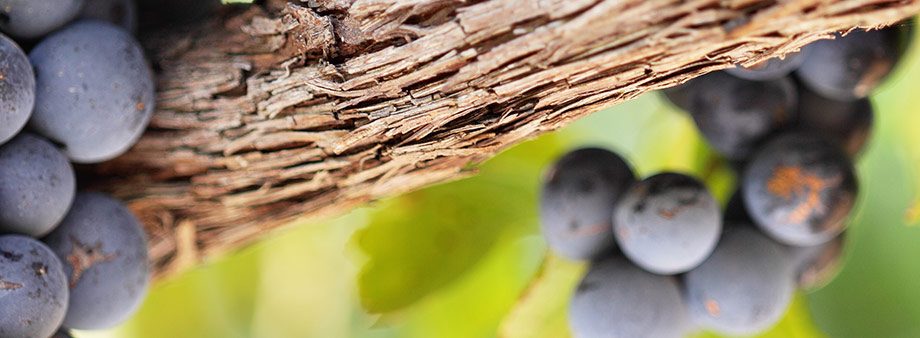
STARTED
Like other wine-growing areas in the Veneto region, Breganze has its own and characteristic winegrowing heritage, although the area under vines is just 700/800 hectares cultivated. I grew up in this area, I learned the art of the winemaker from an early age by my grandparents and my father and I was able to appreciate the great potential of a small territory like that of Breganze. However, I have observed that the arrival of international vines, industrial viticulture and mass production have made ancient varieties typical of the area disappear and with them also traditions and works of a territory that has known viticulture many years ago. Thanks to the passion of some people in the country, I became aware of indigenous varieties abandoned to neglect and today exposed to the risk of extinction. I am fortunate to manage one of the few vineyards of Breganzese which, thanks to the tenacity and passion of the owner, preserves numerous historical strains of biotypes, unknown even by many of the inhabitants of the municipalities in the area. An important and significant contribution in this regard came from Veneto Agriculture and the Experimental Institute of Viticulture and Enology of Conegliano; thanks to their work in the program “Recovery, conservation and subsequent multiplication of the regional viticultural heritage, in particular for the endangered cultivars and biotypes”, in Breganze we can still dispose of the six most ancient vines historically cultivated in this area: the best known vespaiola, the gruaja, the pedevenda, the sampagna (white marzemina), the groppella and the ottocai (long glera).
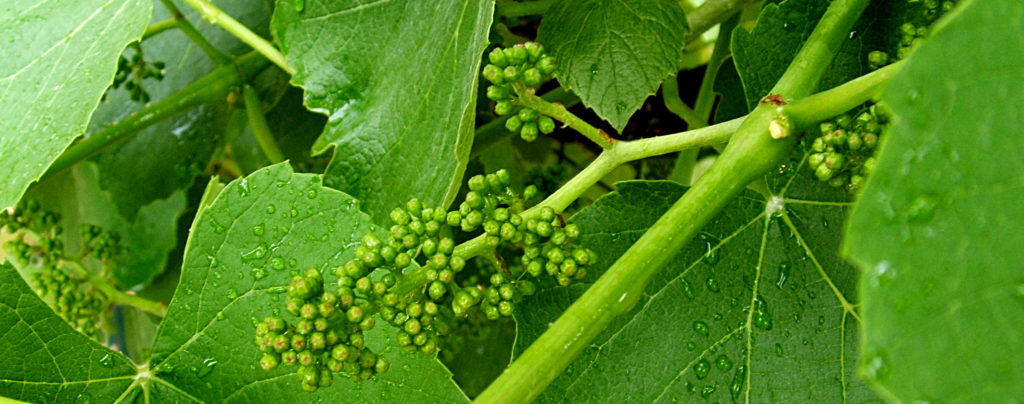
The recovery activity started in 2001, coordinated by the Experimental Institute for Viticulture which will also deal with the legislative recognition of the varieties recovered. This project of mine, in addition to confirming and strengthening regional projects for the protection of “autochthonous germplasm”, thanks to the evaluation of the viticultural and oenological characteristics, it aims to relaunch these old varieties to bring back quality and authenticity typical of our territory. In order to do this, to bring out the authentic taste and flavor of our “terroir”, the way forward is not that of conventional wine production. It is necessary to return to a “natural” agriculture where the soil is intended as a living being and as the first organism that gives characteristics, specificity and typicality to the product of the territory. In addition, eco-sustainability in the agricultural field and the use of ancient agronomic practices represent a heritage and at the same time a challenge for the future, towards greater sensitivity and respect for the world in which we live.
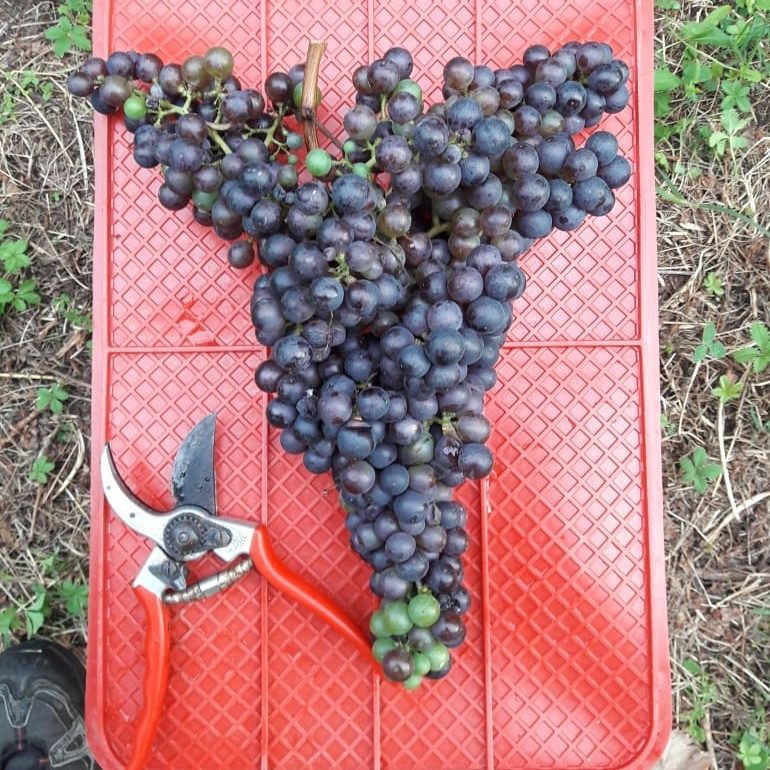
RECOVERED BIOTYPES
Gruaja
Pedevenda
Groppella of Breganze
Marzemina Bianca (Sciampagna)
Vespaiola
Long Glera (Ottocai)
ACTIVIETIES
• recovery of ancient vespaiola scions, gruaja, white marzemina, ottocai, pedevenda and groppella by mass selection and relative propagation.
• explantation of 2500 square meters of an old vineyard for a new plant of gruaja grapes and groppella.
• gathering information on cuttings and experimental fields certifications.
• planting new vineyard with gruaja and groppella varieties, too the Marzemina Bianca and Pedevenda varieties.
• construction of a structure to be used as a cellar
• purchase of machinery for processing and subsequent marketing of the aforementioned grape biotypes
• tests on the characterization and evaluation of the oenological potential of these local vines by means of micro-vinifications.
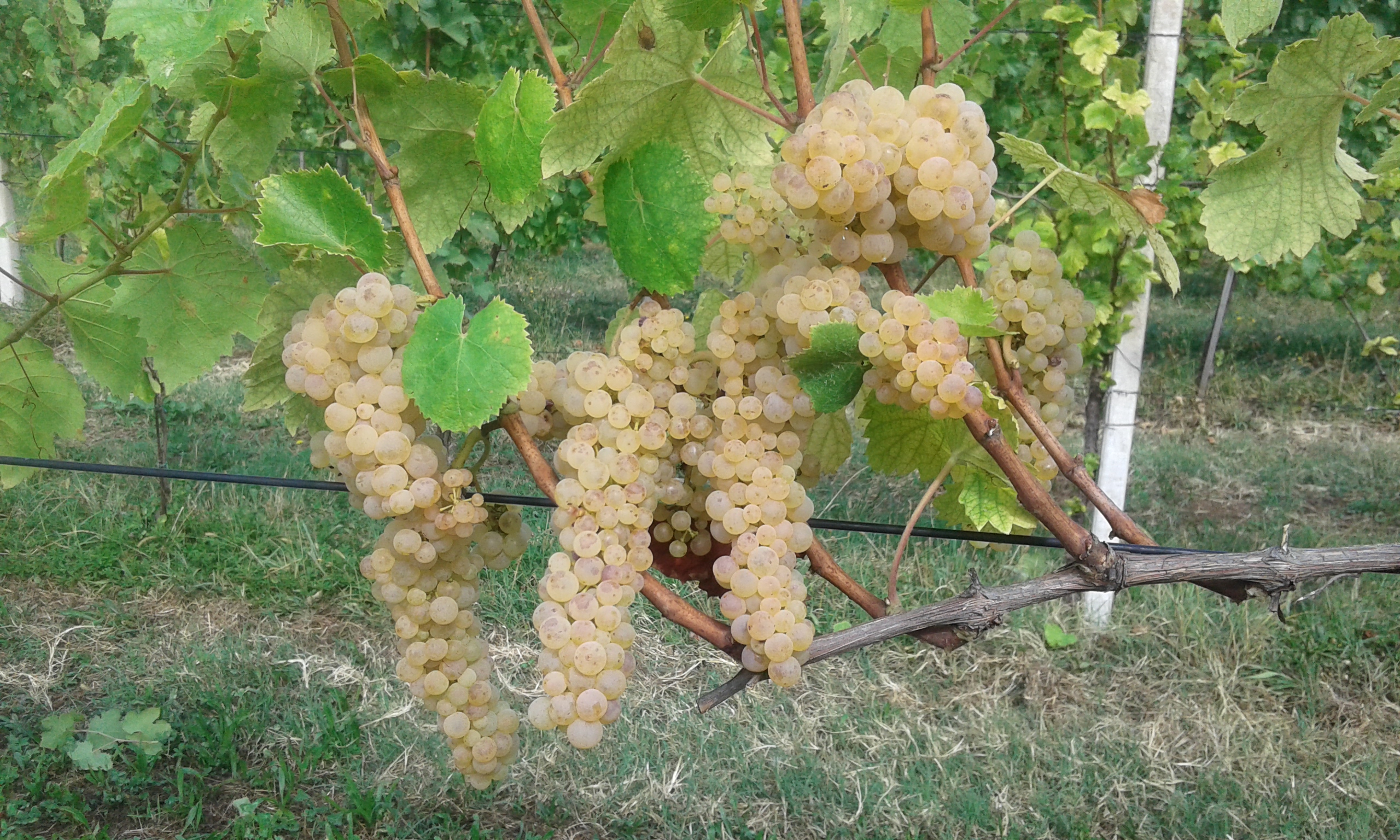
MISSION
The main objective is to be able to safeguard the identified biotypes by propagating them again in our territory. I would like to make everyone who drinks my wine understand the potential and the oenological characteristics of the autochthonous ones, enhanced by the vocated soil we have. By focusing on these specificities, contribute to the promotion and enhancement of the Breganze area with a unique product that is truly linked to its history.
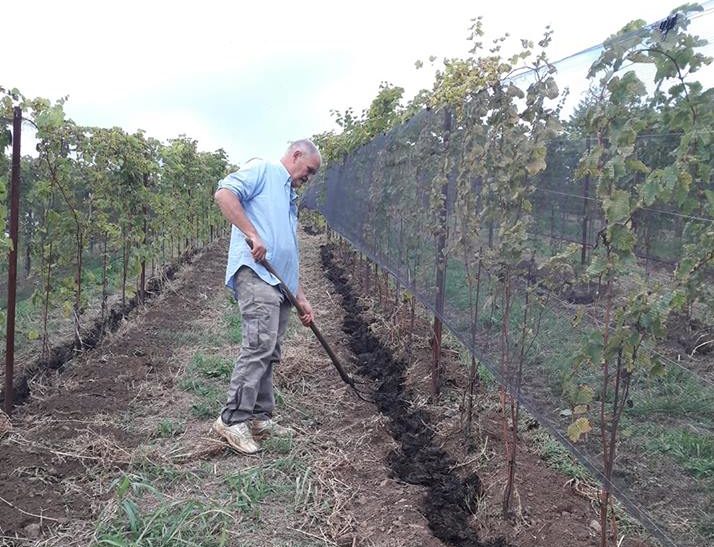
IN THE VINEYARD
All the vineyards are grassed. Sometimes we use composted manure heaps to fertilize or we make multiflora green manure based on 20 forage essences. Based on the need, we spray the 500k biodynamic preparation. We do some treatments with copper and sulphur even if my goal is to decrease them more and more thanks to targeted agronomic practices, useful microorganisms, propolis, macerated nettle and horsetail. Pruning is done according to the branched method; we carry out the check, we do not defoliate or thin out. Under the row we mow or hoe. We have no fixed irrigation and we only intervene in an emergency if there is a risk of drought deaths.
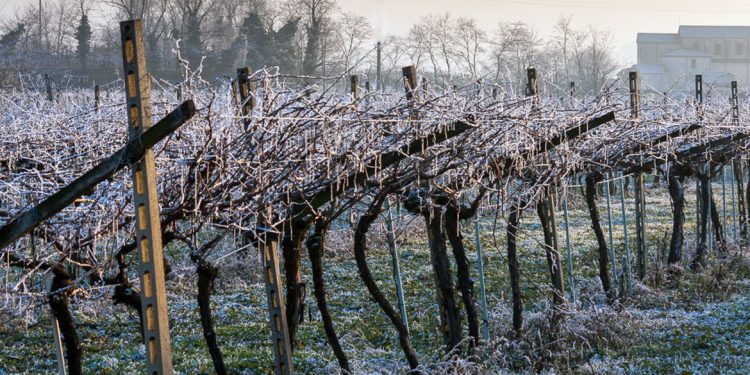
PRODUCTION
Our wine is the result of spontaneous fermentations in non-vitrified cement tanks; if necessary we make pied de cuve, no filtration, cold room stabilization, clarification by decanting, if necessary use low quantities of sulphur dioxide.
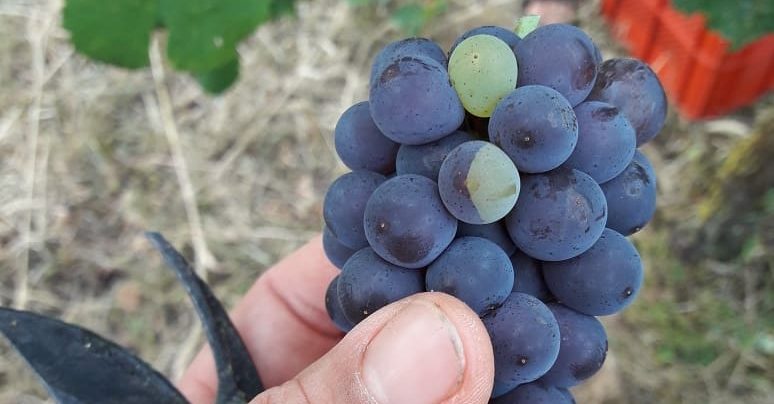
TERROIR
We manage about 6 hectares of vineyards (with the aim of expansion anyway) scattered between the municipalities of Breganze and Fara vic.no. The altitude varies from 220 masl to 330 masl. We are in the pre-mountain area of Vicenza, at the foot of the Asiago plateau near Marostica, in a volcanic area generated by fault movements. Our vineyards are built on basaltic-type eruptive rocks, where the soil is mainly clayey. Our soil, sometimes covered with a thin fertile layer, represents one of its best soils for the vine.
